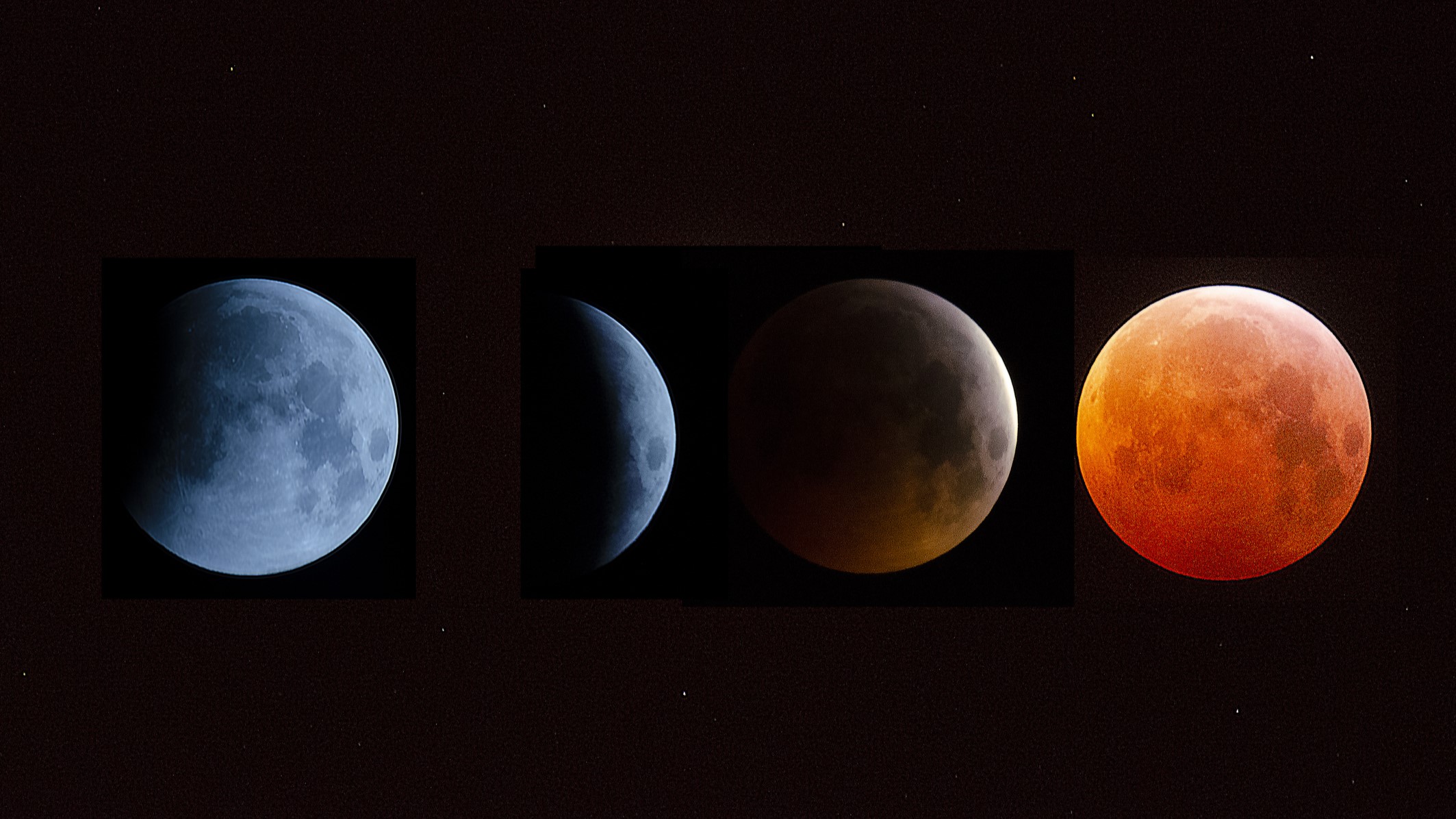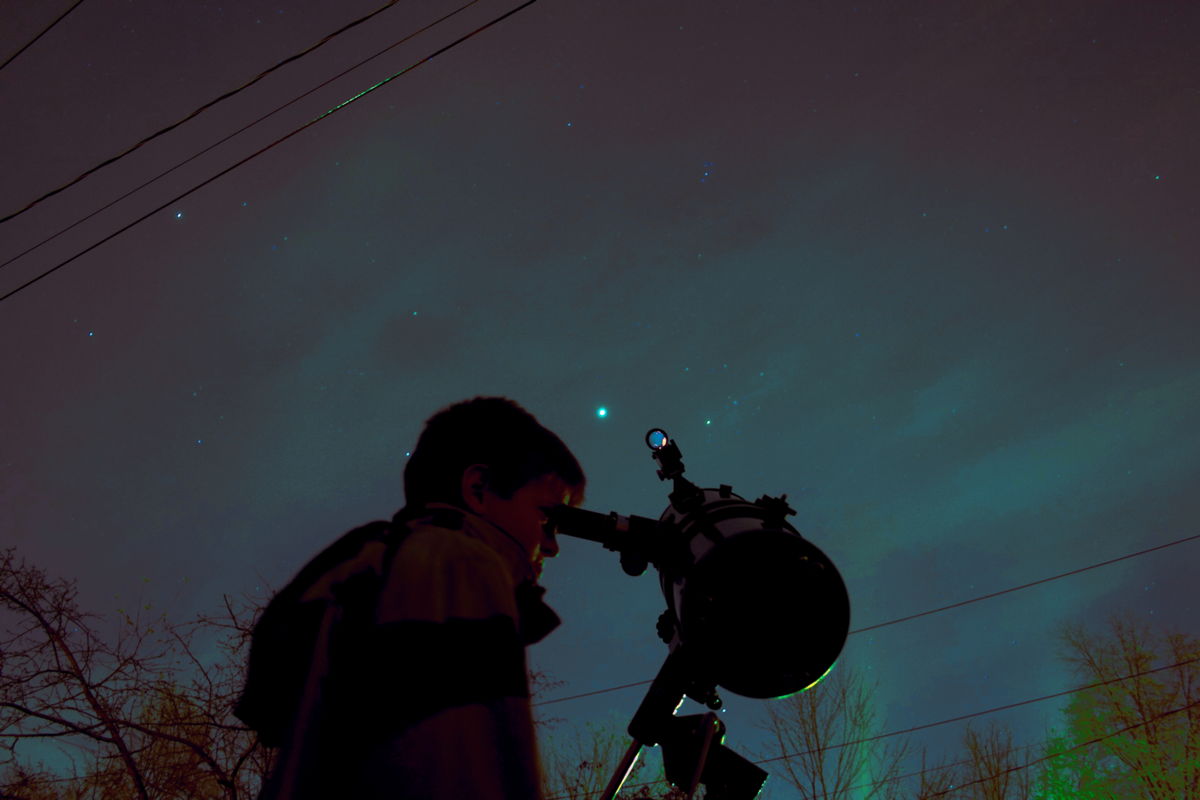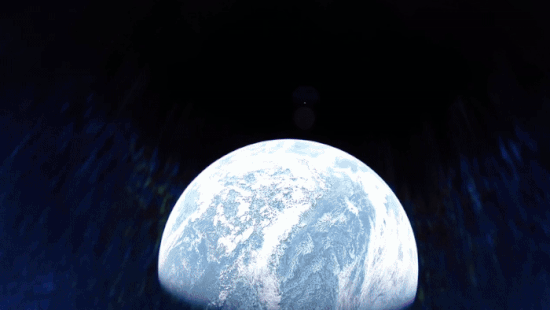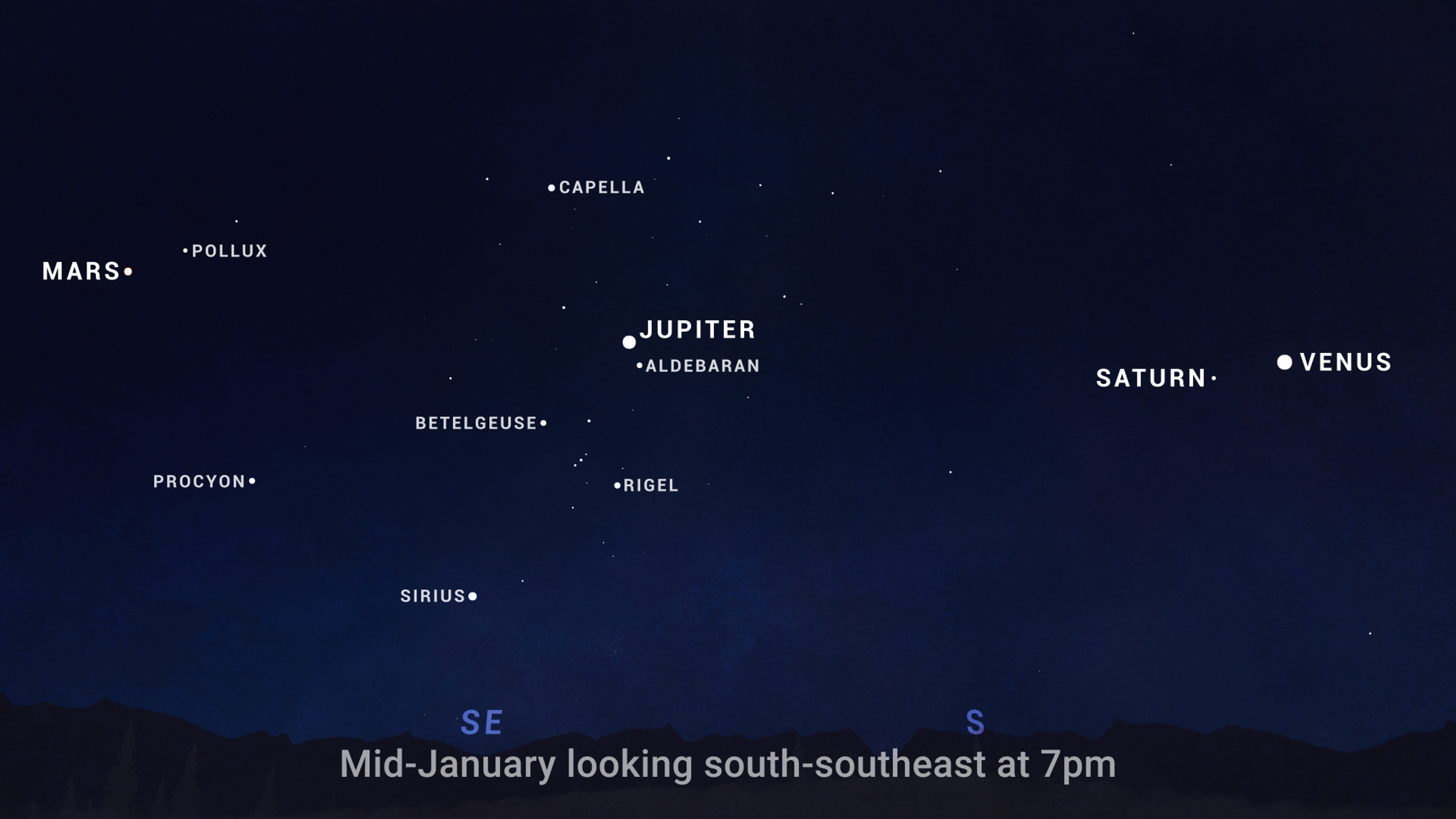Scientists Detect Chirping Cosmic Waves In an Unexpected Part of Space
Scientists have detected cosmic "chorus waves" resembling bird chirps over 62,000 miles from Earth, a region where such waves have never been observed. "Scientists still aren't sure how the perturbations happen, but they think Earth's magnetic field may have something to do with it," reports the Associated Press. From the report: The chorus has been picked up on radio antennas for decades, including receivers at an Antarctica research station in the 1960s. And twin spacecraft -- NASA's Van Allen Probes -- heard the chirps from Earth's radiation belts at a closer distance than the newest detection. The latest notes were picked up by NASA's Magnetospheric Multiscale satellites, launched in 2015 to explore the Earth and sun's magnetic fields. The new research was published Wednesday in the journal Nature. Chorus waves have also been spotted near other planets including Jupiter and Saturn. They can even produce high-energy electrons capable of scrambling satellite communications. "They are one of the strongest and most significant waves in space," said study author Chengming Liu from Beihang University in an email. The newfound chorus waves were detected in a region where Earth's magnetic field is stretched out, which scientists didn't expect. That raises fresh questions about how these chirping waves form. "It's very captivating, very compelling," Jaynes said. "We definitely need to find more of these events." Read more of this story at Slashdot.

Read more of this story at Slashdot.
What's Your Reaction?
































.png?width=1920&height=1920&fit=bounds&quality=80&format=jpg&auto=webp#)


















































